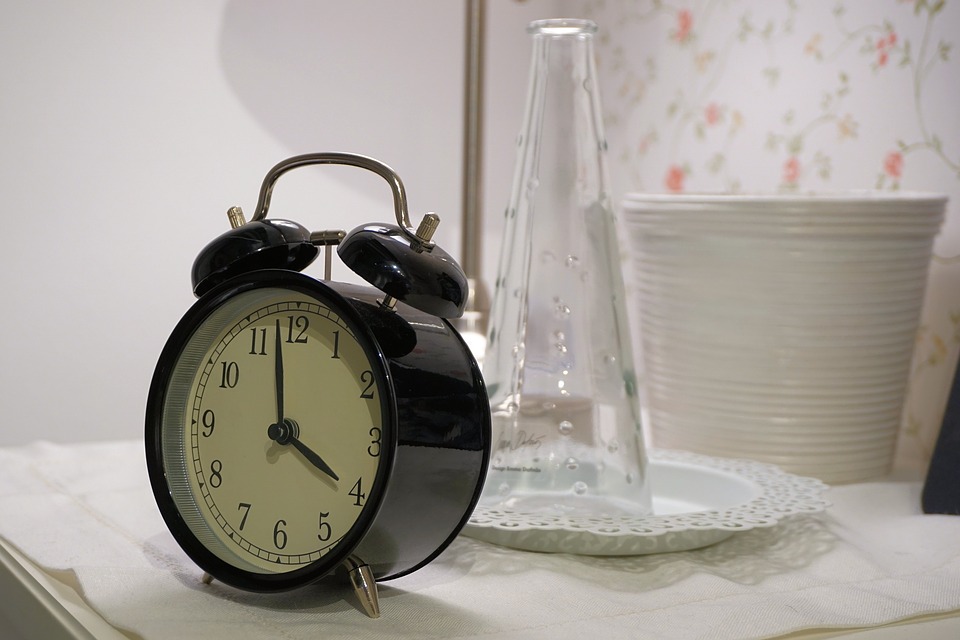Disclosure: This post may contain affiliate links, meaning we get a commission if you decide to make a purchase through our links, at no cost to you. Please read our disclosure for more info.
Did you know that in 2019 every month over 5000 existing homes were sold in the USA?
There are so many bargains available in existing houses. For a far lower price than a new house, you can get a quality house with real character.
However, once you get into your second-hand house, you may have some work to do. This may include more than changing the decor and coverings. You may even have some minor repairs to carry out. Some problems may be easy to fix, others may be plain annoying.
A particularly frustrating problem is a sticking door. You know, the kind that you have to shoulder-barge to get through? Would you like to learn how to fix a sticking door?
Why not take a few minutes to read our in-depth guide to un-sticking doors.
In This Post:
Basic Door Issues
There are some repairs that you will need a professional to do. These could include electrical work, plumbing repairs and repairs under the structure of the house such as crawl space repair work.
Other work you can do with basic tools and some courage. The standard fix for a sticking door is to plane down the location of the door that is impacting the doorframe. This will almost always work. However, depending on the severity of the work needed, it may also slightly change the shape of the door.
If your door is already old and is suffering from swelling, planing will not add to its beauty. Because of this, you may want to try some other methods first. Here are some things you could try.
Checking Door Screws
If a door is hanging unevenly, it could be causing the door to stick. This can happen easily overtime after normal usage. As you look at the door frame you will see that the door is held in place by multiple screws. If even one of these screws becomes loose it can result in the door hanging unevenly.
To correct this problem, tighten the screw in both the jamb and the door itself. Ensure that they are tightly screwed but do not over-tighten them. You can use either a hand screwdriver or a power screwdriver. However, if you use a power tool be very careful not to strip the head of the screw. Correcting a screw with a stripped head will require significant work.
Adjust a Hinge
Once you have tried tightening the screws in the door, you can next move on the checking the door hinges. These can be a little more tricky. To some degree, screws were made to be removed and adjusted. Not so with hinges.
With some additional screws you can force the hinge further into the door jamb. This would pull the door away from the opposite door jamb and possibly stop your door from sticking. Try driving a 3-inch screw through the door jamb and into the wall framing.
If your door is rubbing at the top then drive the screw in at the highest hinge. If the door rubs at the base then the same with the bottom hinge until you remove the sticking.
You will likely need a power tool to be able to accomplish this. Use a power screwdriver to drive the 3-inch screw through the middle screw-hole of the hinge. As it becomes flush with the screw hole slowly push in further. Turn the screw one-quarter turn at a time until the door no longer sticks on the adjacent side.
Taking Further Action
If a door has multiple sticking points or does not close at all you may want to take more drastic action. First, you will need to learn why the shape of the door has changed. Has it been affected by moisture over time? Or is it damaged in some way? Next, you should take courage and apply the solution: Remove the door completely and reshape it.
First, you should mark on the door the parts that need to be reshaped. Next, ask for assistance in removing the door. As your assistant holds the weight of the door you should remove all screws.
Next, take the door to a prepared location, preferably outside or at least a well-ventilated location. Now, using a belt or other suitable sander, lower the level of the offending location on the door.
If you wish to you can take the opportunity to remove all the paint or varnish and retreat it. This would a good option if you need to protect it from damp or other environmental influences.
After the door surfaces have dried, you should re-hang the door with the help of your assistant.
Some doors in older houses stick because of the wall they are attached to. If previous owners have carried out work on the wall and left the door frame unlevelled, or if the wall itself is very old and starting to lean, you may be limited in how much you can correct the door.
How to Fix a Sticking Door and Much More
There is nothing more annoying than a sticking door in your house. You may have made many repairs, but nothing shows the age of your house like a warped or sagging door. Fortunately, you now know how to fix this frustrating problem.
If you are interested in home improvement or lifestyle tips such as how to fix a sticking door, we are here to help! We research and bring to you the latest in guidance on matters of real importance. Why not follow our feed to see how we can help you today.




